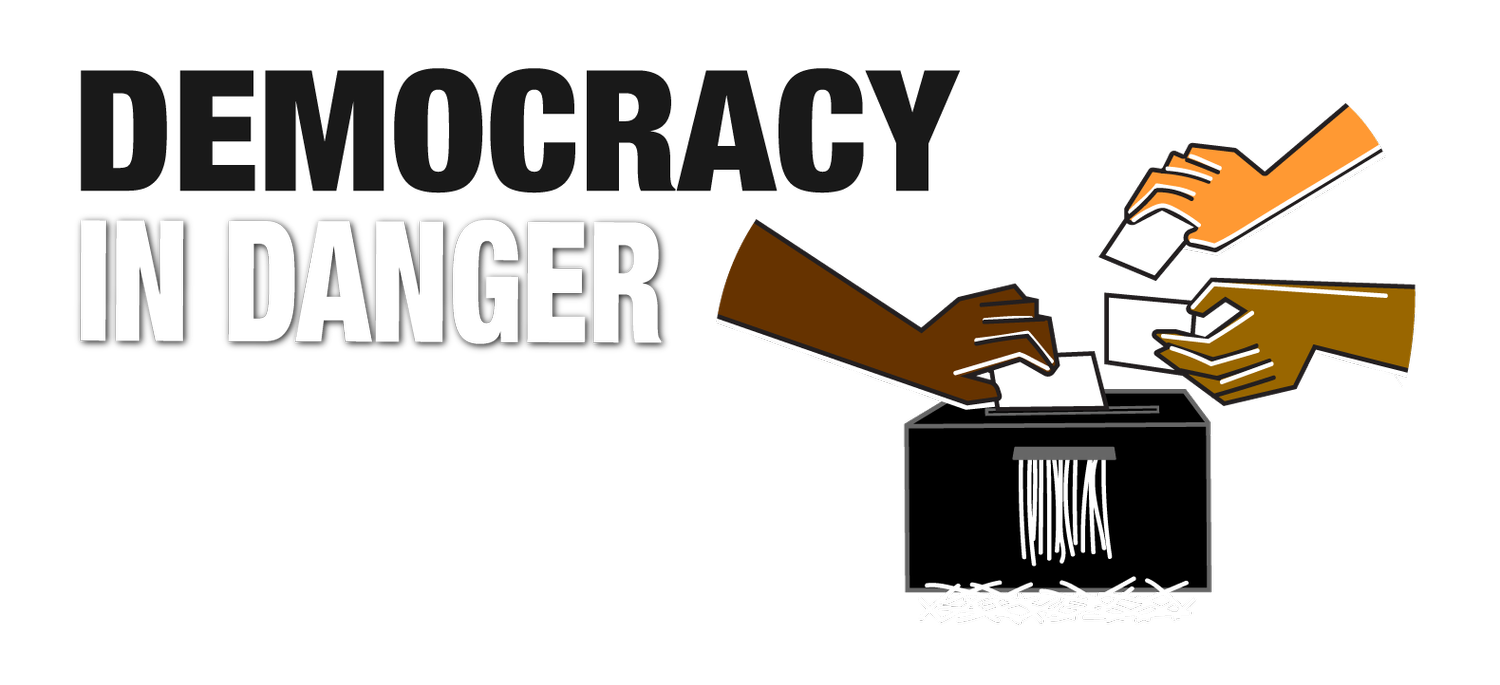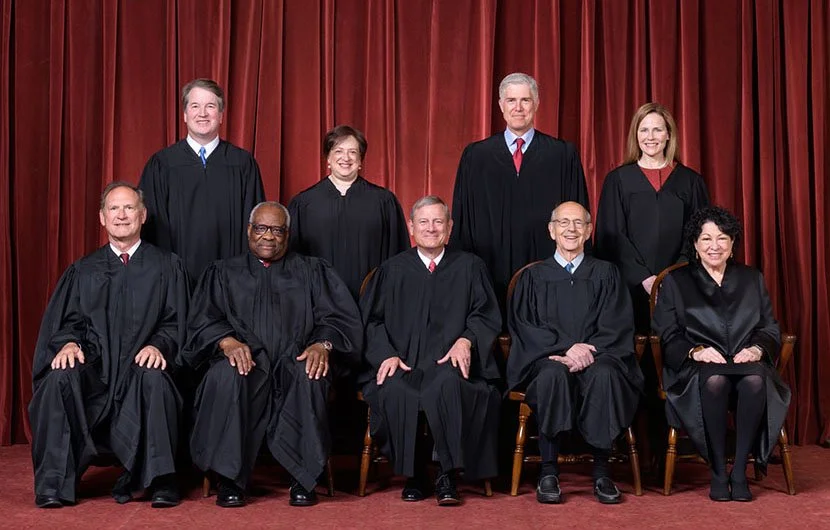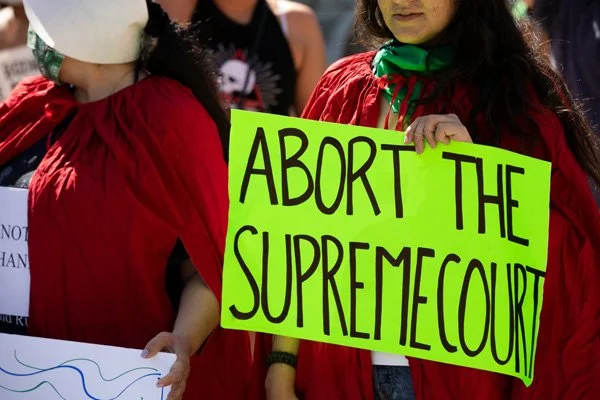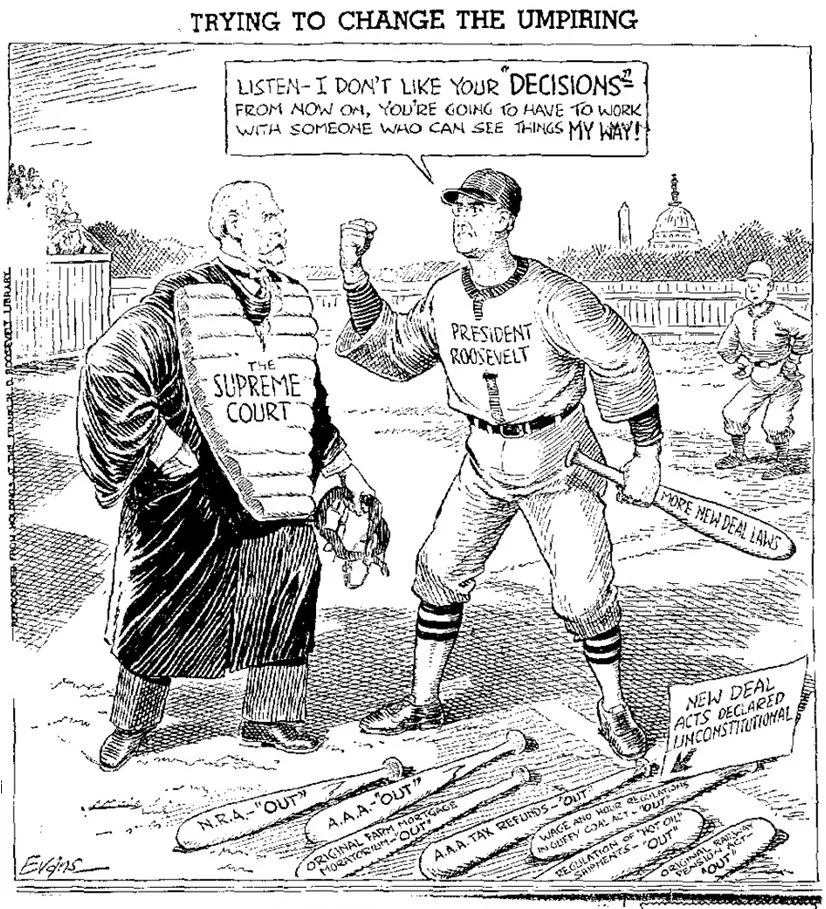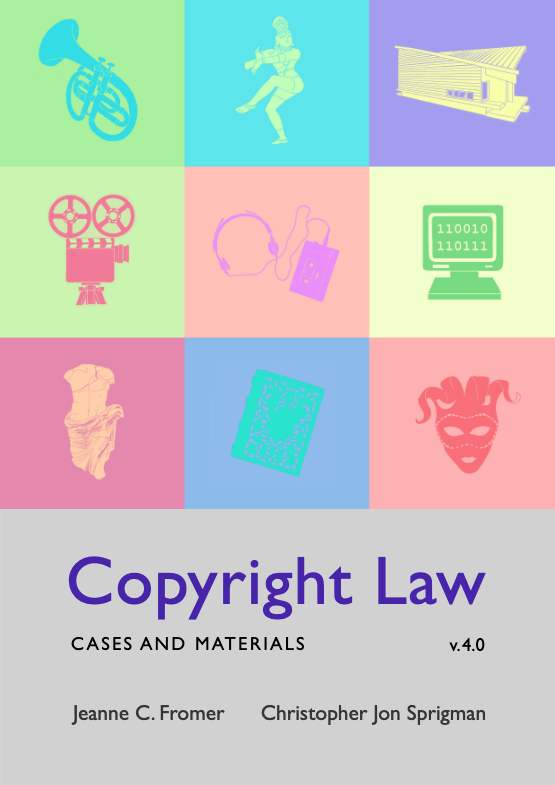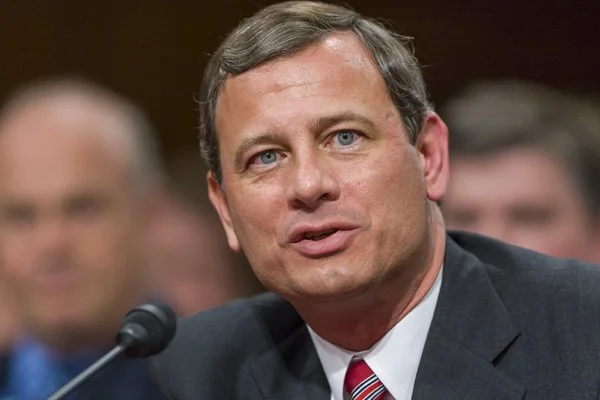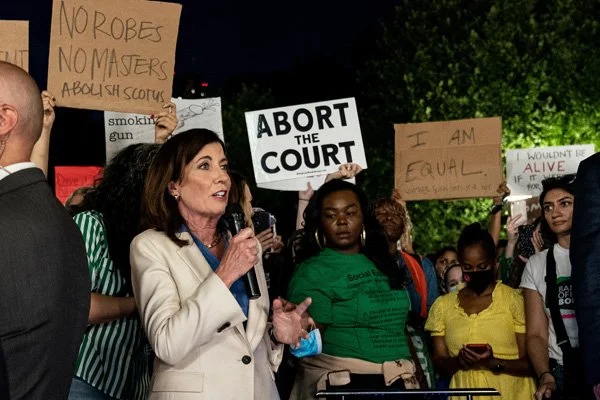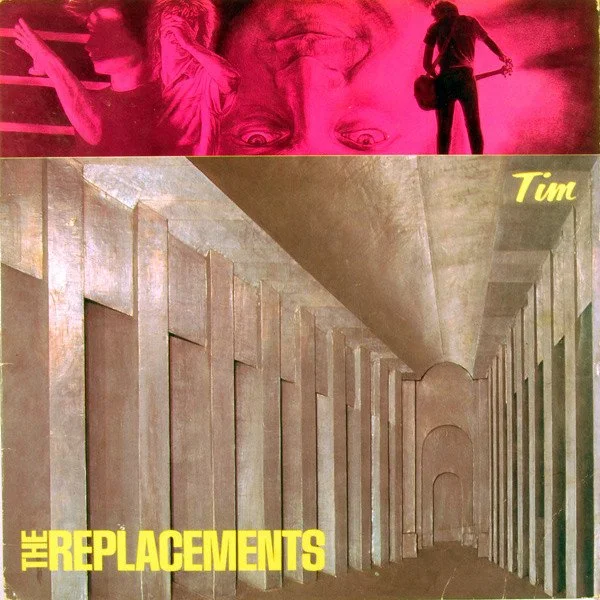The Justices Have No Robes
Except the ones Congress allows them to wear. Can lawmakers curb the Supreme Court’s mission creep?
Read
The high court’s conservatives insist that strict readings of the U.S. Constitution have compelled them to strike down popular policies like abortion rights and campaign finance limits. Well, legal expert Christopher Sprigman has some news for these robed rogues. Buried in the law of the land is the key to reining in the federal judiciary. All Congress has to do is act, he says. And all the people have to do is demystify the courts — stripping them of an imperious aura they’ve too long enjoyed.
Recent high-profile decisions, most notably the overturning of Roe v. Wade last June, have alarmed Americans who once hailed the court as a progressive force for good, especially in the civil rights era. Their dismay, Sprigman argues, is rooted in a fundamental misconception: that the federal bench has by and large served to expand democracy in the United States. On the contrary, Sprigman says, for most of its existence the Supreme Court has been an engine of regress. Reversing Roe, dismantling voting rights, opening the floodgates of corporate influence in elections — these recent moves all signal a return to the status quo for the role the justices play in American politics.
But Congress can draw a line in the sand. Turning the Constitution’s own text against originalists, lawmakers can deny the federal courts jurisdiction over almost any case. It’s all there in Article III, the part of the government’s charter that lays the foundation for the judicial branch. There are political risks, Sprigman tells Siva and Will, but none so high as letting right-wing ideologues use the courts as cover for a barrage of bald-faced power grabs.
Meet
Christopher Jon Sprigman is the Murray and Kathleen Bring Professor of Law at New York University. He teaches and writes about intellectual property, antitrust law, torts and constitutional theory. Earlier in his career, he served in the U.S. Justice Department’s antitrust division, where he helped prosecute, among other major cases. U.S. v. Microsoft. Sprigman’s commentary appears frequently in the New York Times, the Washington Post, NPR and other media outlets. With Jeanne C. Fromer, he recently published a textbook on free copyright under — of course — a Creative Commons license: Copyright Law: Cases and Materials (2022). Follow Sprigman on Twitter @CJSpringman.
There are far-reaching implications in Congress’s power to set guardrails around the court, and the stakes are higher than ever, Sprigman wrote for The New Republic in 2020. If lawmakers don’t take a strong stand, their ability to address climate change, reduce wealth inequality and empower the executive to carry out its laws are all in doubt.
The Supreme Court has never ruled definitively on the extent to which Congress may make “exceptions” to its appellate authority. In the few cases where this question has come up, the court has respected that power. Dive with Sprigman into the theory and history of “jurisdiction stripping.”
He has been at the forefront of a national discussion on the high court’s overreach. After Justice Brett Kavanaugh’s confirmation in 2018, Sprigman chided progressives viewing the court as a force for social good rather than a retrograde institution that leads more than it follows.
In a review of Kavanaugh’s jurisprudence, Sprigman predicted the fall of Roe and other antidemocratic consequences that may stem from the sharp rightward turn on the court.
And after Justice Ruth Bader Ginsburg died in 2020, Sprigman argued that packing the court with more justices could introduce a complex and disastrous game of cat-and-mouse between liberals and conservatives.
Speaking of cats and mice, one of Donald Trump’s appointees to the federal bench has been cutting the former president’s defense team some serious slack, and giving the Biden administration a headache. Sprigman recently joined the chorus of experts who have spoken out about “partisan hack judging,” saying this is “the perfect moment for Biden to explain why the Trump judge’s order is lawless, explain that he won’t enforce it, and move along.”
For more on Sprigman’s other specialty, check out the textbook Copyright Law, which has been used at dozens of law schools across the country. It’s available, along with its faculty resources, for free to interested instructors.
In 2012, Sprigman published Knockoff Economy with Kal Raustiala, making the case for why “copying culture” is good for creativity. Together they also weighed in last year on the role of “non-fungible tokens” in Quentin Tarantino’s curious battle with Miramax. Raustiala and Sprigman also looked kindly on one Supreme Court ruling widening the doctrine of “fair use” in computer programming, in favor of Google.
And who said intellectual property couldn’t be fun? In 2015, Sprigman defended designer Fernando Sosa against pop artist Katy Perry, who tried — unsuccessfully — to copyright the “Left Shark” costume that generated buzz in her Super Bowl halftime performance.
Learn
Read and learn more about the text of the U.S. Constitution’s Article III, Section 2, Clause 2, for yourself. It says, in part: “...the supreme Court shall have appellate Jurisdiction, both as to Law and Fact, with such Exceptions, and under such Regulations as the Congress shall make.” Emphasis added.
Compared with members of Congress and the president, Supreme Court justices rarely face blowback over financial disclosures and possible conflicts of interest — a problem that a new transparency and ethics bill is trying to address.
During oral arguments in Dobbs v. Women’s Health Organization, Justice Sonia Sotomayor decried the “stench” that would fall upon the court if it nullified its position on abortion rights, upheld for almost half a century.
How bad is the Supreme Court’s image? Pretty bad, CNN finds: its approval rating is down from 60 to 38 percent since July.
Chief Justice Roberts, meanwhile, seems to think the problem with the high court isn’t the public’s disapproval, but the public’s ignorance of its authority. This take does not sit well with Slate legal analyst (and one-time guest on the show) Dalhia Lithwick, to say the least.
In its new term, the court is taking up another round of controversial cases. Here’s a rundown from Axios. The justices’ docket includes debates over the use of race as a factor in college admissions, the power of state legislatures over the outcome of elections, and the interplay of gay marriage and free-speech rights.
Ian Millhiser at Vox offers other options to limit the power of the federal judiciary, such as term limits, supermajority requirements in rulings or a rotating panel of Supreme Court justices drawn from the appellate courts.
Northwestern University legal scholar Zachary Clopton says the idea of judicial supremacy is “the heart of the problem,” echoing columnist Jamelle Bouie. Clopton points to the recent statewide vote in Kansas supporting abortion rights as evidence of democracies doing what they do best.
And listen to our show with Rebecca Traister — on where progressives went wrong in the fight to defend women’s reproductive rights, and on the struggle ahead.
Heard on the show
Sprigman gave a shout out to Paul Westerberg and the Replacements in our interview, and so did we: with some transition music off the 1985 album Tim. It's where Westerberg sings — on the track “Hold My Life” — about cracking up in the sun and losing it in the shade.

